“Paradise on my right, Hell on my left, and the Angel of Death behind.”[1]
This is a “second-hand” quote from Frank Herbert’s Dune. Its second-hand nature stems from the fact that it is, so to speak, a quote-within-a-quote, originally written in the fictitious OC Bible, a piece of religious literature found in the afore-mentioned SF universe. For those familiar with the plot of Dune, where every seemingly small action can trigger a cascade of terrifying consequences, the meaning of it may appear obvious. While both are conceived by the mind during our living moments, “Paradise” and “Hell” appear as final consequences served by and through “Death”. The birth of such unexperienceable ideas can only happen in a certain state of awareness, somewhere between a fervent devotion to life and the ever-looming state of nothingness.
The exact same quote perfectly fits the tale of gentle absolution and uncanny specters brought earthside by Anastasia Calinovici in her solo show at Atelier 35, titled Somewhere between Fever and Decay. This status of “in betweenness” permeates through every single piece of the exhibition, and such uncertainty gives rise to an eerie feeling, bordering on fear but not quite succumbing to it. On the contrary, there is also a sense of peace and sanctuary, coming from a kind of mystical safe-harbour for long-lost or yet unimagined presences, wandering about in a perpetual state of becoming but never concretely being something, nor nothing. Within such an otherworldly place, where the sound of steps is muffled by white feathers, and the traces of past and future are erased, there stands a human-like crouching figure, clad in black. The immediate contrast in both form and color makes it stand out in a lonely and obscured kind of way. Its burdened position may convey the impression of heaviness upon a frail body, though the waxy black limbs hint at its unaffected and hardly human origins.
In regard to such primal and unsettling things as origins tend to be, in this particular case they make a difference in the whole narrative. The set of images that circle the space on all sides are actually the mixed results of a generative AI algorithm, specializing in the recognition and merging of visual data structures. Resulting from the learning of representational diversity and then the combination of certain selected traits, the visuals do not resemble anything concretely. From this point of view, although the actual creation process is mechanically finished, the images remain trapped in between their intrinsic lack of meaning and our compulsive, meaning-oriented understanding. Within a phenomenological mindset, Edmund Husserl used the term “phantom” (or “scheme”) having in mind the apparence, a sort of substanceless entity that renders the sensory perception of a thing.[2] By setting causal relations aside, this “phantom” of things is supposed to be the most basic layer in the construction of reality. Likewise, the Greek origin of the term “phantasm” literally means “bringing into view”. From this grossly simplified point of view, the subjects of the generated images can be rightfully classified as phantoms, having in mind the fact that the substance of what is represented is practically null. All interpretation aside, they are proofs of beautiful, unrepeatable computational instants. It comes to mind that, for a fleeting moment, they exactly what they appear to be.
One other useful reference to an understanding of images as schemes is given through the work of Horst Bredekamp. He ends up describing a structure of the “image as an act”, the first level of which is the “schematic act”.[3] This takes the reader through a series of examples of instances where life-like apparitions and reenactments serve as the core impulse of image making. In this case, that which appears to be is life itself, and the image act is constructed as a phantom of it. Applying this to the AI generated images means subtracting the life substance out of the core of this schematic act, making way for the results to manifest as pure, ephemeral apparitions.
In the meantime, the spiritual and more common meaning of phantoms is equally valid in this particular case. The existence of such an entity is usually bound to a certain interval, somewhere between life and death, or, in this case, somewhere between fever and decay. Substanceless but presumably visible, or sensible by other means, they are meant to represent a restless link between two different states of existence. This bridging quality is also relevant in the case of the generated phantomatic representations, which are, in a way, evidence from within the algorithmic realm. Some intuitions of inner workings are made visible to us, outside the machine. All around the exhibition there are fragments of almost sacred spiritual symbolism, especially evident by the integration of specific materials such as wax, feathers, white cloth, sandalwood, along with the ostentative nailing to the walls and the one gothic ornate frame.
Returning to the beginning quote, the Angel of Death can now be translated as the constant presence of a watchful but impartial nonliving entity. The sensation of being All Watched Over by Machines of Loving Grace[4] also comes to mind. This evangelising tone of Richard Brautigan’s poem becomes an artistic proclamation of all the promises of digital utopianism, where technology turns out to be the closest possible thing to God. This new faith grants mortals the possibility of blissful happiness in a life that no longer has to be expected beyond death. By following most religious patterns, devotion allows us to become one with a new and shiny god right here and now. There is no good or bad, nor paradise or hell in this ideal realm of technological divinity, just a reassuring buzz of multiple processes running simultaneously. The purpose of this whole design is to keep us floating a little while longer in our state of predestined impermanence, somewhere between fever and decay.
[1] Frank Herbert, Dune, ed. Ace, 1987, p. 467.
[2] Vassiliou, Fotini, “Perceptual Constitution in Husserl’s Phenomenology: The Primacy of Tactual Intentionality”, The New Yearbook for Phenomenology and Phenomenological Philosophy, XV, 2017, pp. 362–383.
[3] Horst Bredekamp, Actul de imagine: Prelegeri ,,Adorno”, Frankfurt, 2007, trad. din lb. germană de Andrei Anastasescu, Ed. Tact, Cluj-Napoca, 2018, p. 327.
[4] All Watched Over by Machines of Loving Grace
POSTED BY
Tea Vindt
Tea is studying art history at the National University of Arts in Bucharest. After graduating from Tudor Vianu National College of Informatics, her path became more and more artistic as she first star...
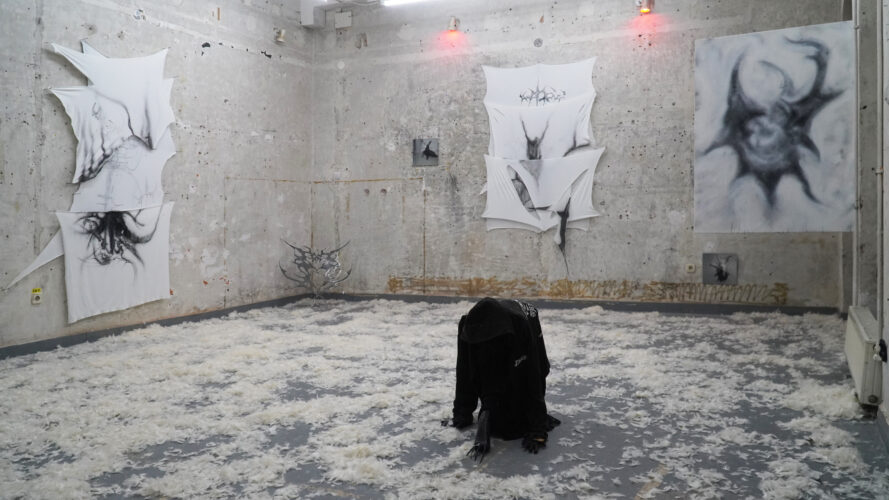
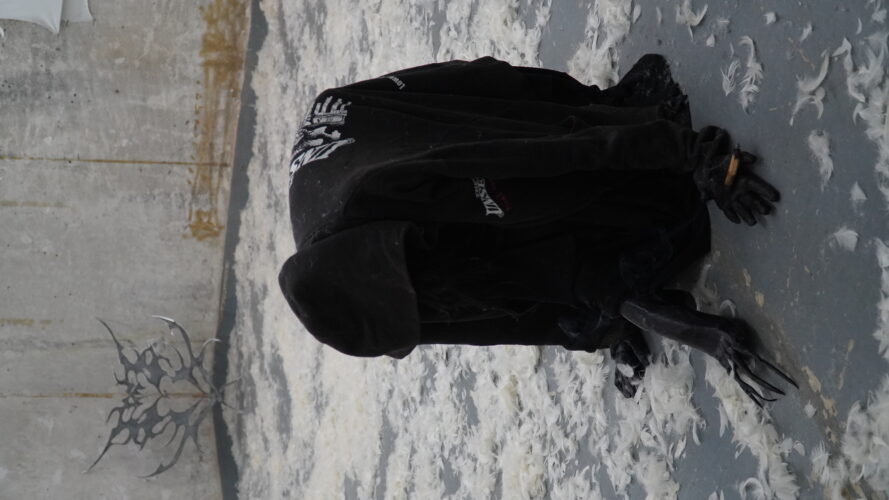
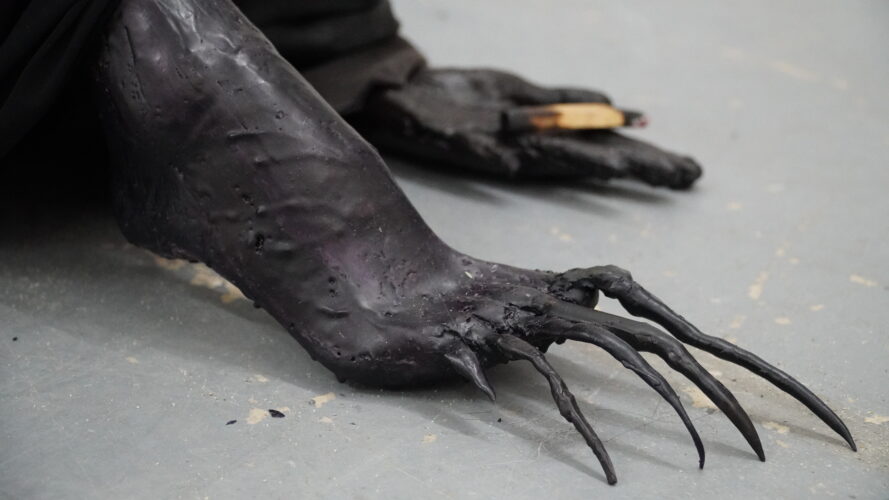
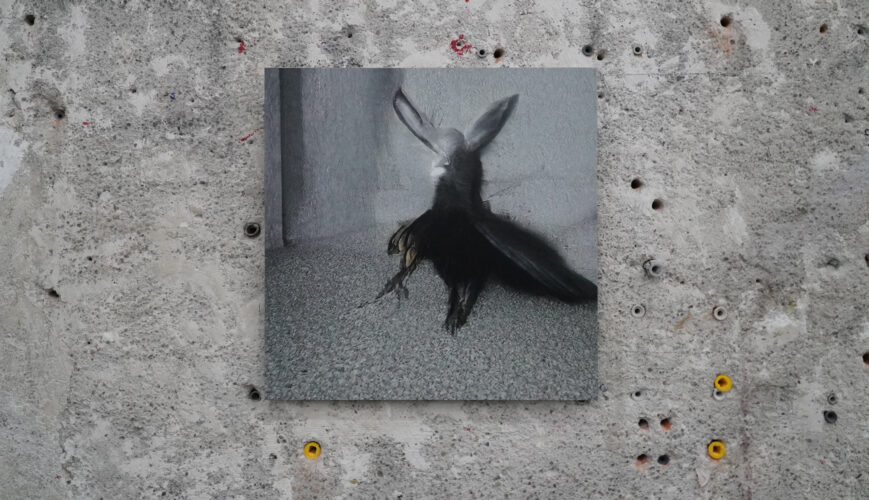
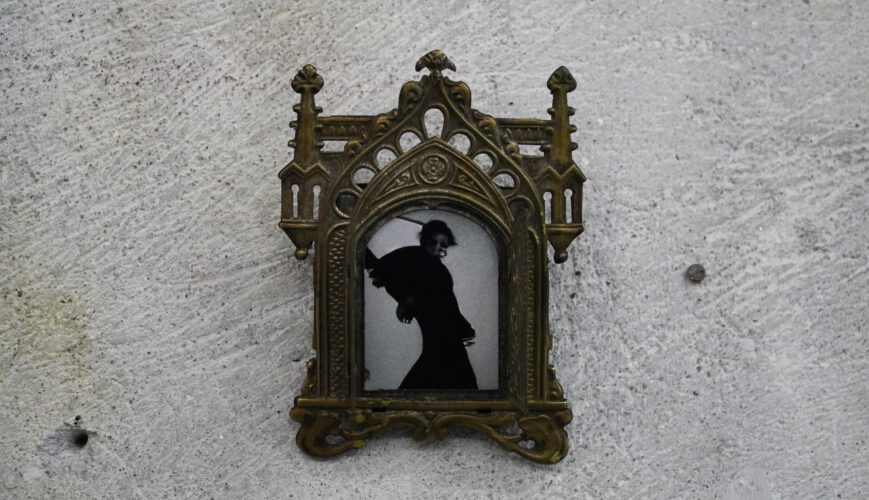
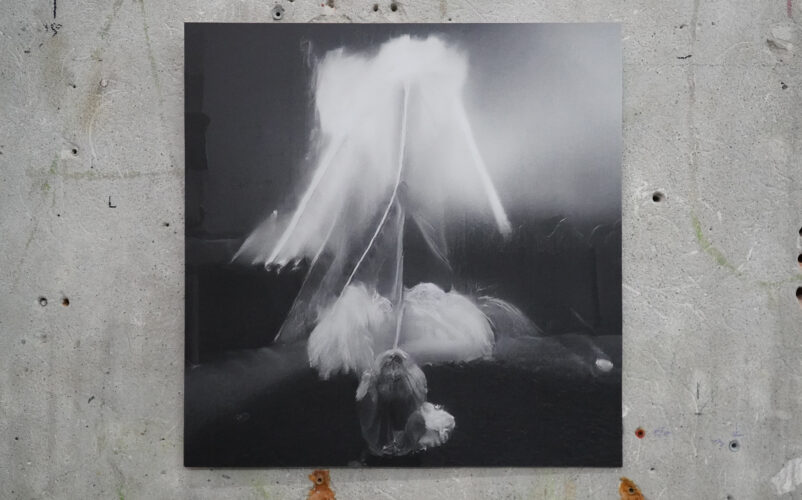
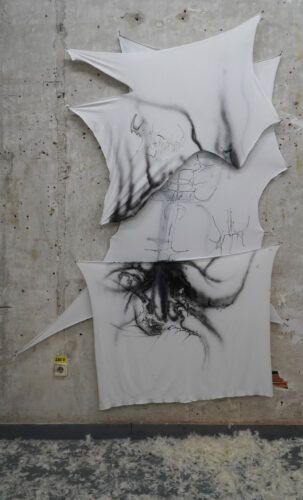
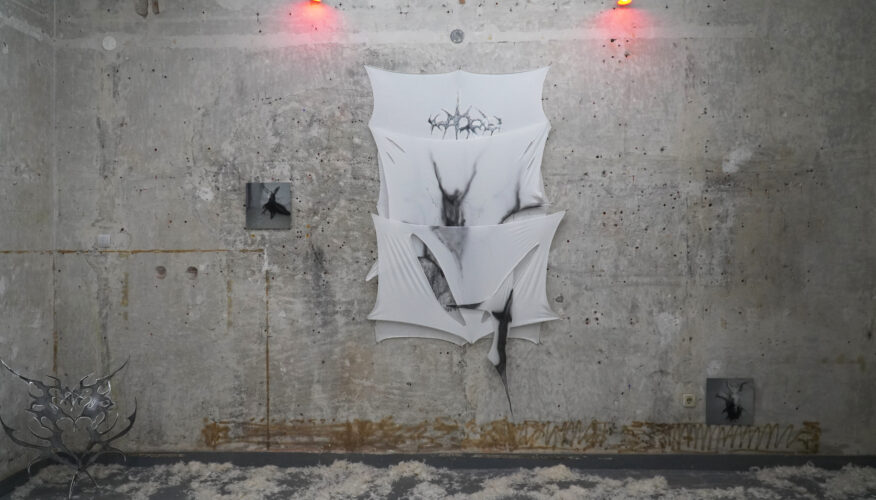
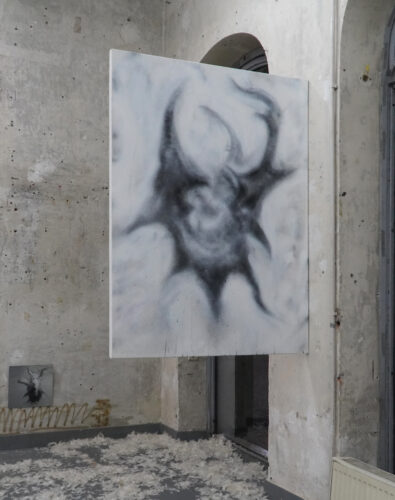
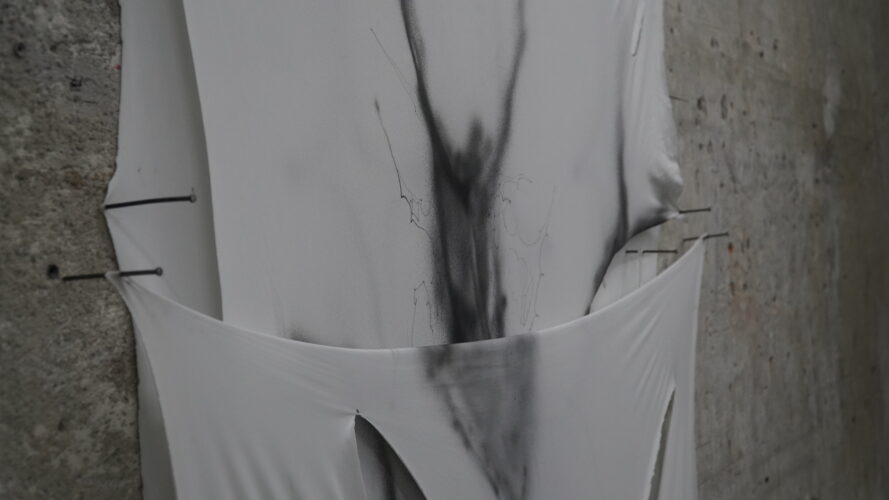

Comments are closed here.